U.S. Great Lakes Biology Monitoring Program
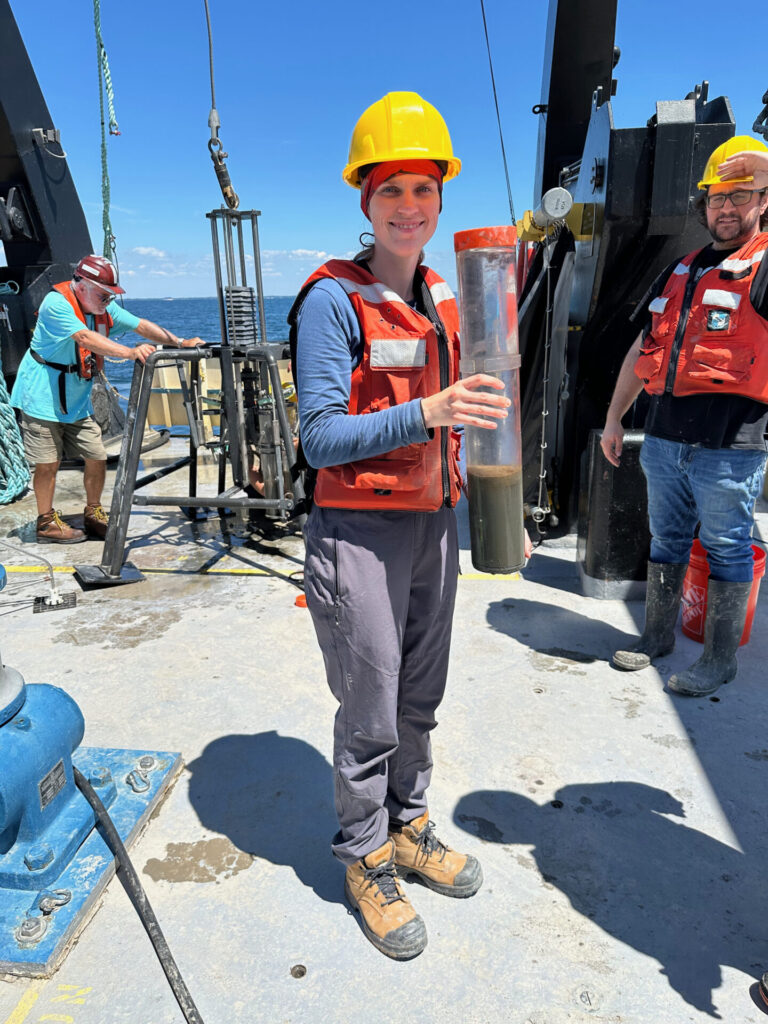
Representing the University of Waterloo’s Ecohydrology Research Group, I was one of fifteen international scientists on a ten-day expedition led by the U.S. Environmental Protection Agency to study the distribution and impact of microplastics which is a pressing environmental concern given the lake’s role as a drinking water source for approximately 12 million people. On-board the Lake Guardian (the largest research vessel on the Great Lakes), my role was to collect and process core samples as we circumnavigated the entire lake.
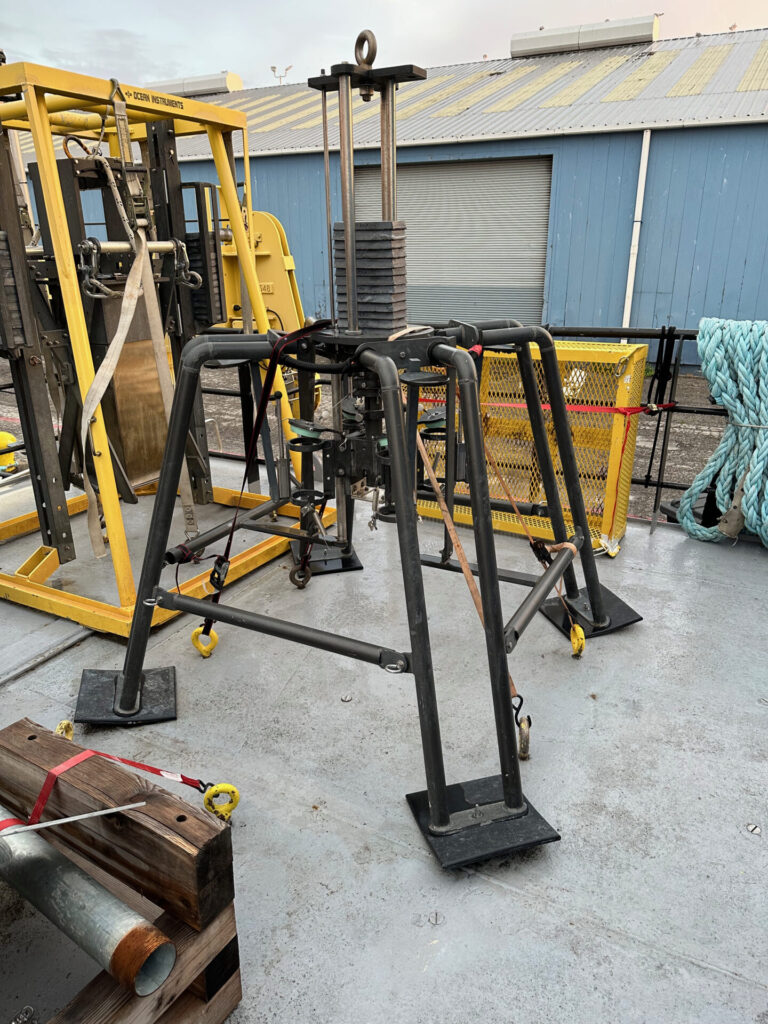
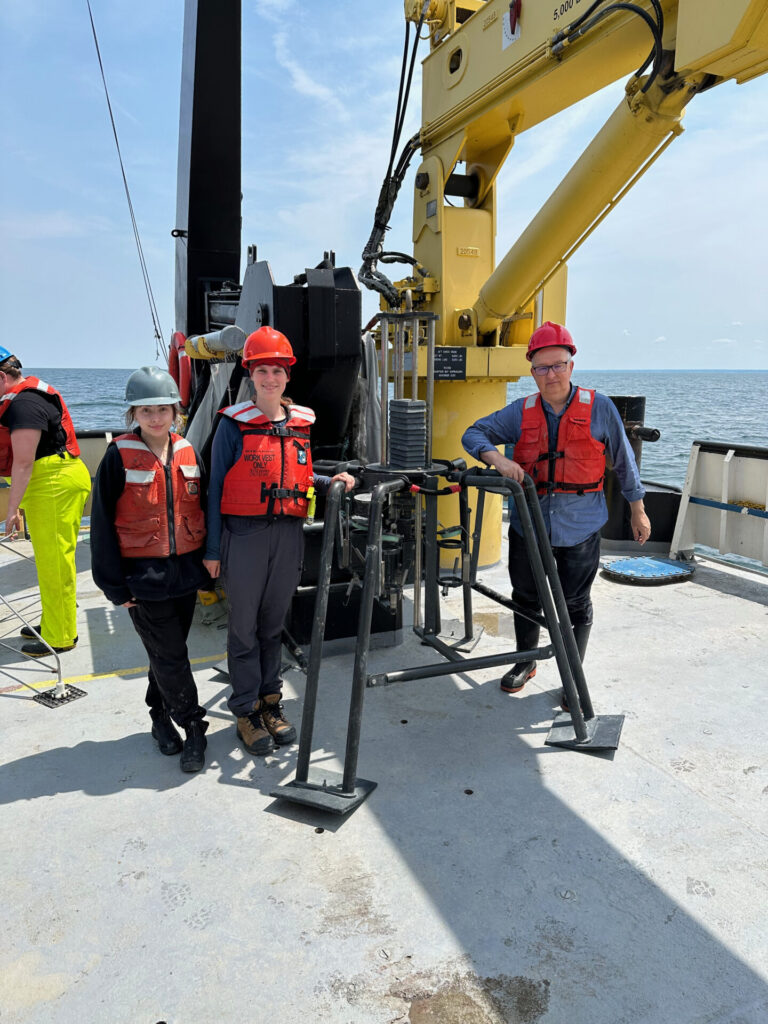

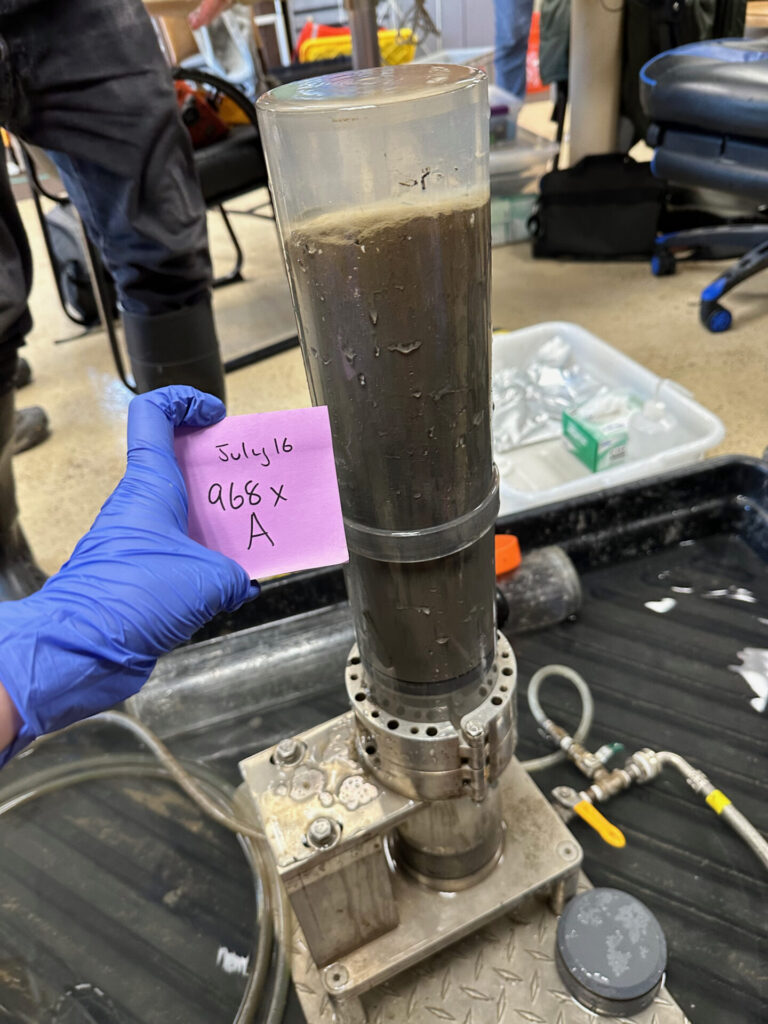

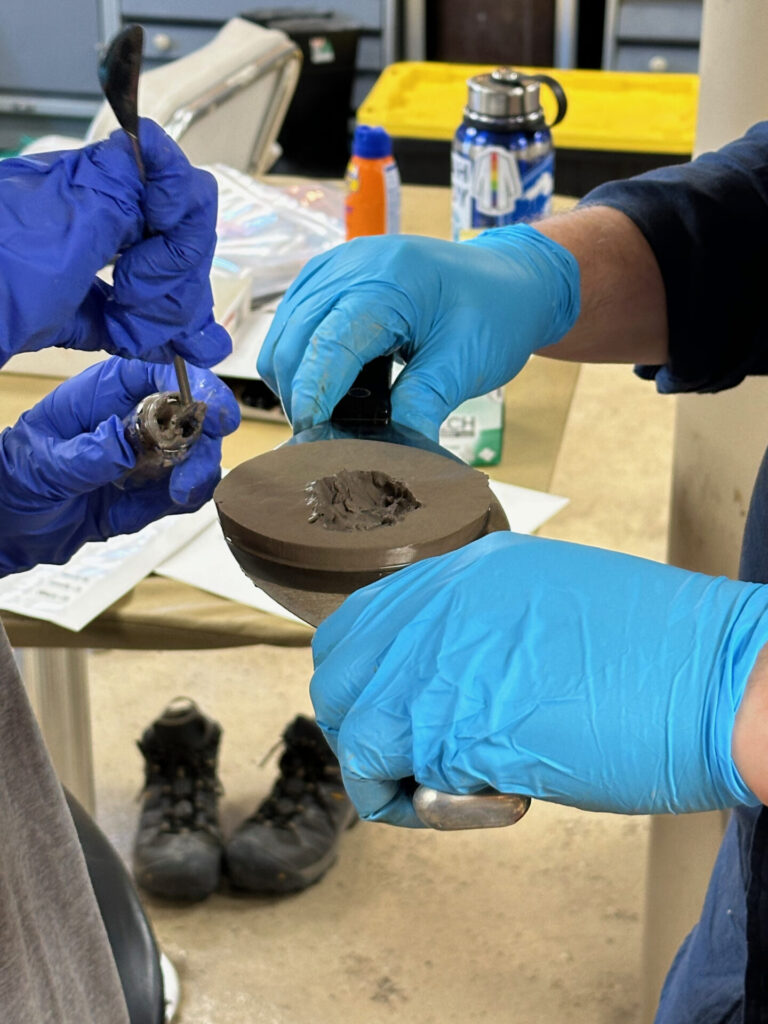
The process began with the design of a strategic sampling plan. The team selected 11 sampling stations across both deep and shallow waters, covering the gradient of water movement from the lake’s western basin to its eastern basin. This approach ensured a comprehensive assessment of MPs distribution across the lake.
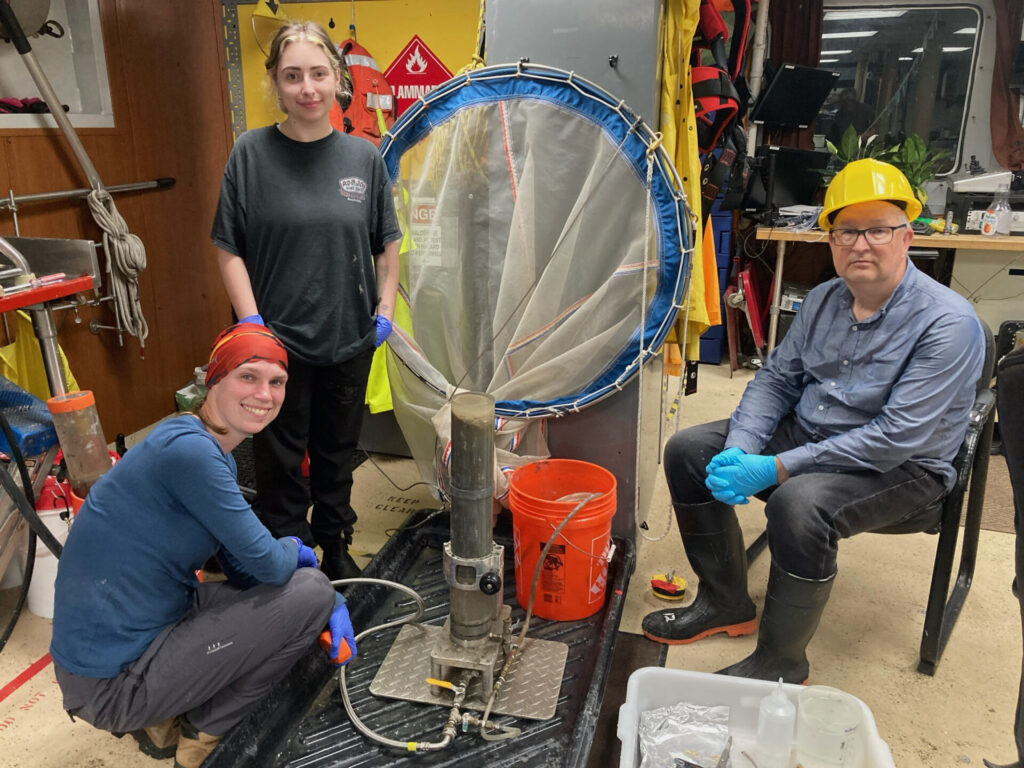
At each study site, the team evaluated the suitability of the lakebed substrate for sediment coring. This was done using data from benthos survey methods, including the Ponar grab sampler and underwater camera imaging. Once a suitable location was identified, the team deployed the MC-400 Hedrick/Marrs Multi-Corer, an instrument designed to retrieve undisturbed sediment cores from the lakebed.
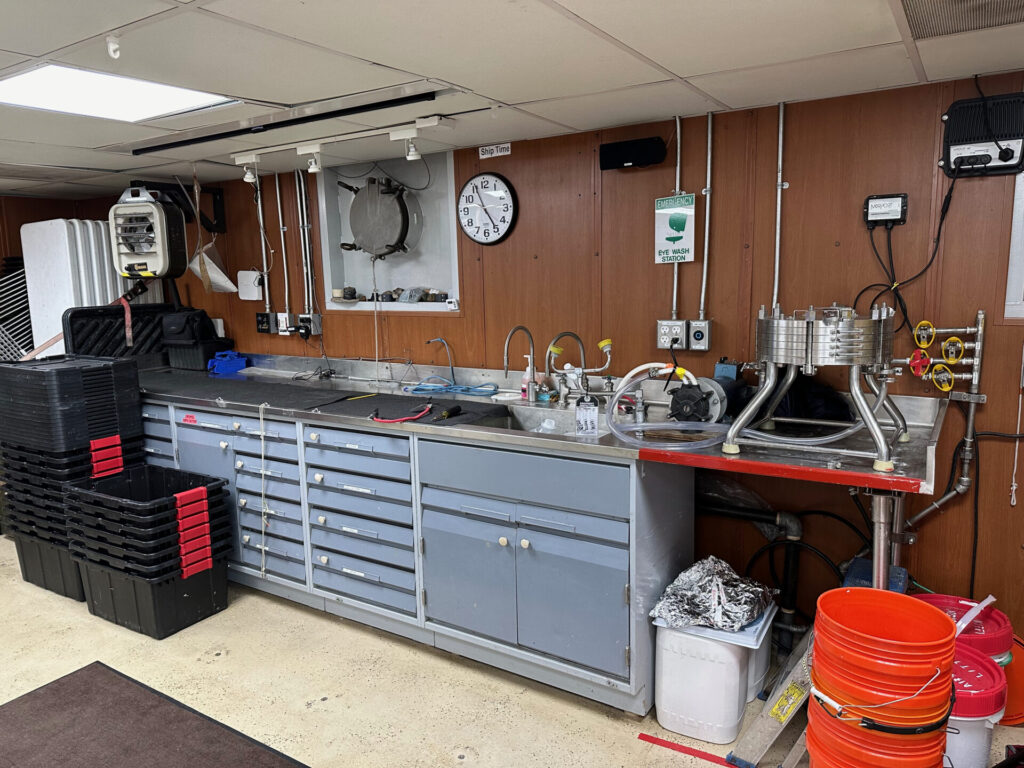
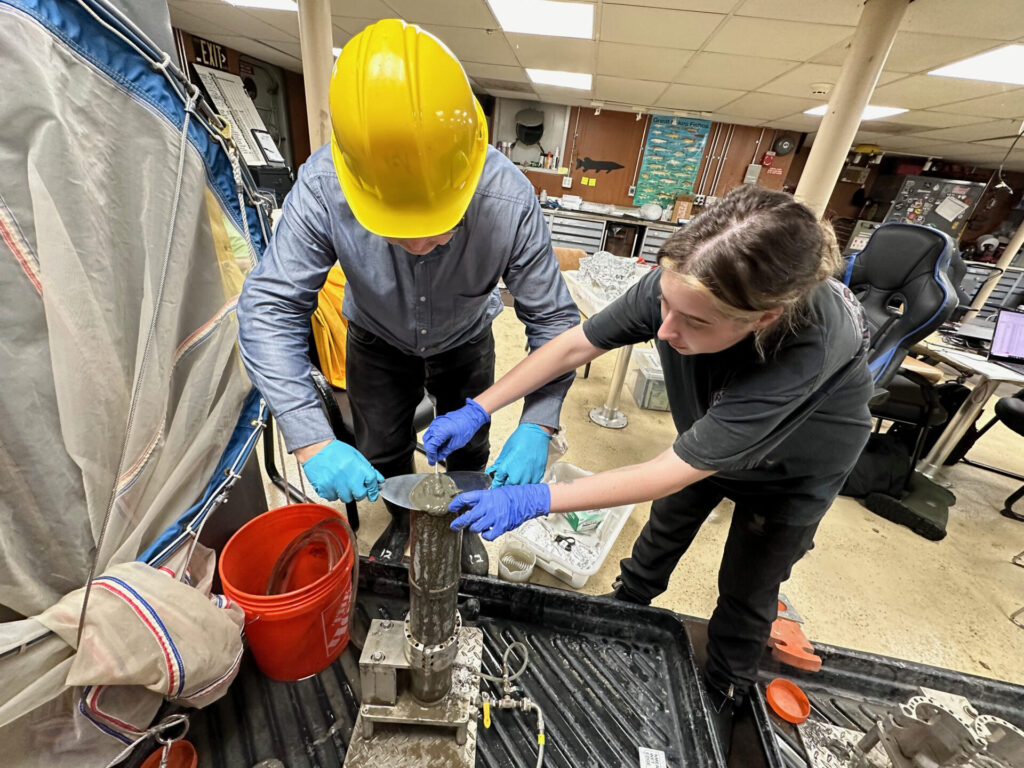


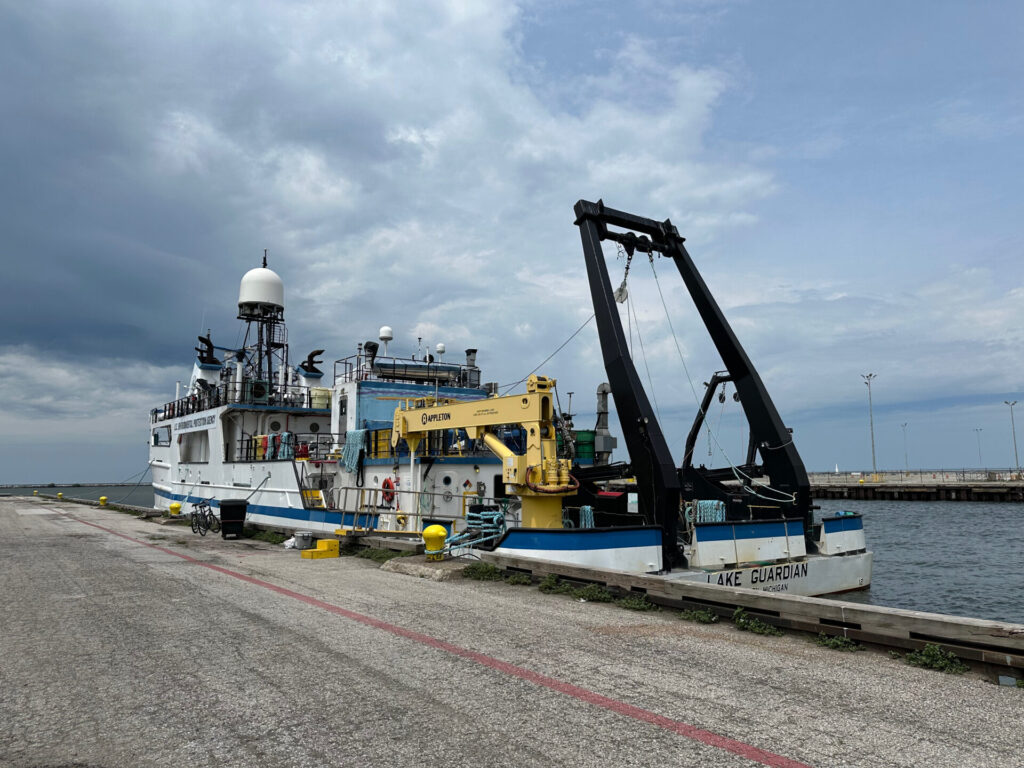

The multi-corer was carefully lowered to the lake bottom, where it collected sediment samples in tubes. Once retrieved, the sediment cores were transported to the onboard laboratory for immediate processing. In the lab, the team used a motorized hydraulic sediment core extruder to carefully slice the sediment into sections, which were then prepared for microplastics analysis.
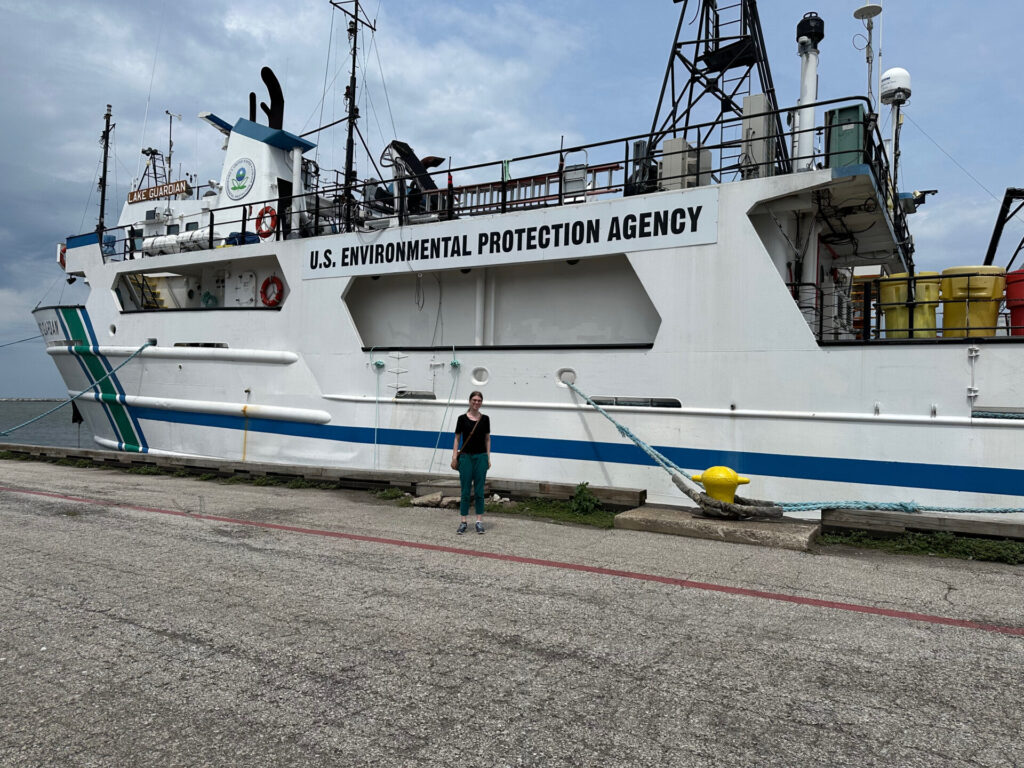
The sediment samples collected during the cruise will undergo detailed analysis to determine the concentration of microplastics at various depths. Additionally, the team will measure isotopes of lead (Pb-210) and cesium (Cs-137) in the samples to estimate sediment accumulation rates over the past 100-150 years. This data will help researchers construct a timeline of microplastics deposition in Lake Erie, providing insights into the sources and historical trends of plastic pollution in the region.
Ultimately, this research will contribute to a better understanding of how microplastics are distributed within Lake Erie’s ecosystem and how they may impact water quality and aquatic life. The findings will be crucial for developing strategies to mitigate plastic pollution in the Great Lakes and protect the health of these vital freshwater resources.